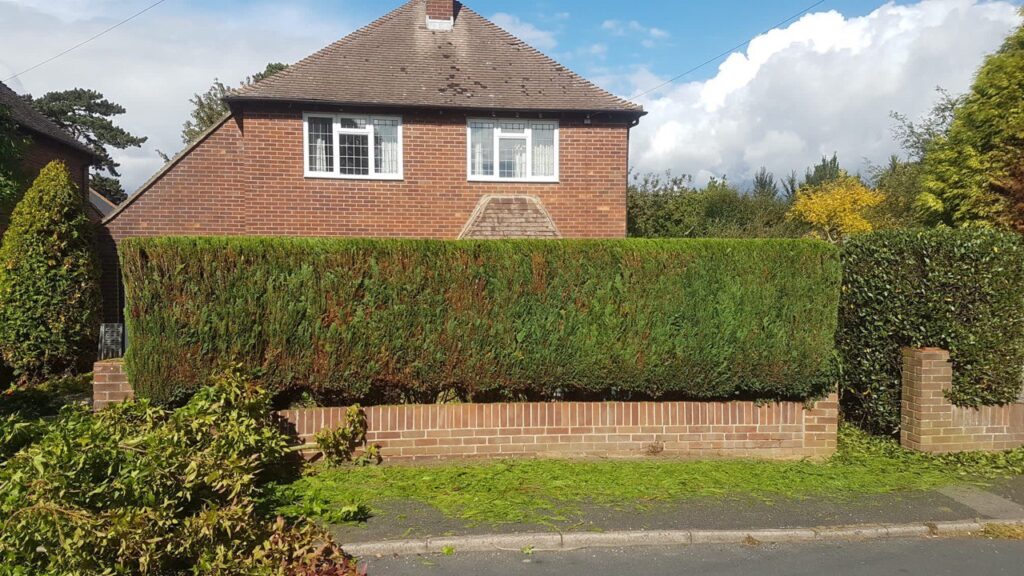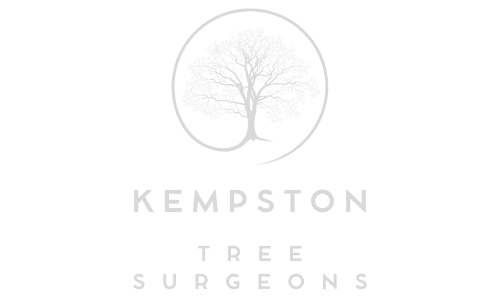Tree Cutting Health Checks: What to Ask Your Arborist
Trees are among the most valuable assets in any landscape, offering beauty, shade, and ecological benefits. However, they also require professional care to remain healthy and safe. Regular tree cutting and maintenance are essential, but understanding what to ask your arborist before, during, and after the process can make a significant difference in the outcome. Kempston Tree Surgeons explains the key questions to consider when scheduling a tree health check in Kempston and across Bedfordshire.
Why Tree Health Checks Matter
Tree cutting isn’t just about aesthetics—it’s about preserving long-term health and stability. Over time, trees can develop structural weaknesses, hidden decay, or diseases that aren’t immediately visible to the untrained eye. A professional health check allows arborists to identify potential risks early and recommend appropriate treatments or pruning methods to ensure the tree remains safe and strong.
In areas like Bedfordshire, where weather conditions can vary from dry summers to stormy winters, periodic inspections are vital to prevent damage to both trees and surrounding properties.
Key Questions to Ask During a Tree Health Check
When arranging tree cutting or pruning, it’s essential to have open communication with your arborist. Asking the right questions will help you understand the condition of your trees and the work being undertaken.
1. What Is the Overall Health of My Tree?
A professional arborist will assess several factors, including leaf colour, branch density, bark texture, and root stability. By asking this question, you’ll gain insight into how well your tree is coping with its environment and whether it requires any corrective action.
Signs your arborist may point out include:
- Fungal growth or cankers on the trunk or branches
- Sparse foliage or dead limbs
- Signs of pest infestation
- Root damage or poor anchorage
Understanding the tree’s current health helps you make informed decisions about whether pruning, treatment, or removal may be necessary.
2. Are There Any Structural Weaknesses?
Structural integrity is a critical part of tree safety. Your arborist will inspect for weak branch unions, internal cavities, or cracks that could make the tree vulnerable to splitting or falling during strong winds.
Ask your arborist to explain:
- Which branches may pose a risk to nearby structures or pathways
- Whether cabling or selective pruning could stabilise the tree
- If crown reduction or thinning would improve balance and reduce wind load
Kempston Tree Surgeons often finds that targeted pruning can significantly extend a tree’s lifespan while maintaining its safety and natural form.
3. What Type of Cutting or Pruning Is Most Suitable?
Not all trees benefit from the same approach. Your arborist will determine the best method depending on the tree’s species, age, and health. Some common pruning techniques include:
- Crown thinning: Removing small, interior branches to improve airflow and light penetration.
- Crown reduction: Reducing height and spread to relieve stress and prevent wind damage.
- Crown lifting: Removing lower branches for clearance or improved visibility.
- Deadwood removal: Clearing out dead or diseased limbs to maintain safety and appearance.
Understanding which method is being recommended helps you appreciate the purpose behind each cut and ensures that your tree continues to grow healthily.
4. Are There Any Signs of Disease or Infestation?
Tree diseases and pests can spread quickly if left untreated. During a health check, arborists will look for symptoms such as discoloured leaves, unusual bark patterns, or boreholes from insects.
Ask your arborist to identify:
- The type of disease or pest involved
- The extent of the infection or damage
- Recommended treatments or pruning solutions
In some cases, early detection through a simple health check can prevent the loss of a mature tree.
5. How Often Should My Trees Be Checked or Pruned?
Trees grow at different rates depending on their species and environment. Mature trees may only require inspections every few years, while younger or fast-growing species benefit from more regular maintenance.
Your arborist can provide a tailored maintenance plan that includes:
- Routine inspections based on seasonal growth
- Appropriate pruning intervals
- Long-term care recommendations for soil health and watering
At Kempston Tree Surgeons, we emphasise proactive maintenance to reduce the risk of emergency work later.
6. Is There Evidence of Root Issues?
Roots are the foundation of tree stability, yet they often go unnoticed. Ask your arborist whether there are any signs of root rot, compaction, or encroachment into nearby structures.
Visible warning signs may include:
- Fungal growth at the base of the tree
- Uneven ground or lifting soil
- Leaning trunks or poor anchorage
A healthy root system ensures that the tree can absorb nutrients effectively and remain anchored during high winds.
7. What Environmental Factors Are Affecting My Trees?
Local conditions play a significant role in tree health. Soil quality, drainage, light exposure, and pollution can all influence growth and vitality.
Your arborist may recommend actions such as:
- Mulching to retain moisture and improve soil structure
- Adjusting watering routines during dry periods
- Rebalancing growth through selective pruning in crowded areas
These measures can improve resilience, particularly for trees growing in urban areas like Kempston.
What to Expect from a Professional Tree Health Assessment
A comprehensive tree health check typically includes a visual inspection from the ground and, when necessary, closer assessment using climbing or aerial techniques. The arborist will evaluate:
- The canopy’s density and structure
- The condition of the bark and trunk
- The spread and stability of major branches
- Signs of decay, fungal growth, or pest damage
- Root flare and soil condition around the base
After the inspection, the arborist should provide clear feedback and practical recommendations to enhance safety, promote healthy growth, and maintain the aesthetic appeal of your trees.
Why Professional Expertise Matters
Tree cutting and health assessments require experience and understanding of species-specific needs. Improper pruning or cutting can cause long-term harm, leading to decay or structural weakness. Professional arborists like those at Kempston Tree Surgeons combine technical knowledge with a careful approach to preserve each tree’s health, form, and value.
Their expertise ensures that every decision made during a health check supports both the immediate and future wellbeing of the tree and surrounding landscape.
Long-Term Benefits of Regular Tree Health Checks
Regular tree assessments offer a number of ongoing benefits, including:
- Early detection of problems before they become dangerous or costly.
- Improved tree structure and stability through targeted pruning.
- Enhanced visual appeal, maintaining a tidy and balanced canopy.
- Safer outdoor environments, especially in gardens, parks, and driveways.
- Extended tree lifespan thanks to preventive care and timely intervention.
By scheduling periodic checks, you ensure your landscape remains safe, attractive, and ecologically balanced year-round.
Conclusion
A professional tree cutting health check is an essential step in maintaining the wellbeing and safety of your trees. By knowing what to ask your arborist, you gain valuable insight into your tree’s condition and the actions needed to keep it thriving.
For homeowners and property managers in Kempston and across Bedfordshire, Kempston Tree Surgeons provides expert assessments and professional tree surgery services that prioritise both safety and sustainability. Regular health checks not only protect your trees but also preserve the natural beauty and value of your property for years to come.
Call us on: 01234 862 086
Click here to find out more about Kempston Tree Surgeons
Click here to complete our contact form and see how we can help with your trees needs.

